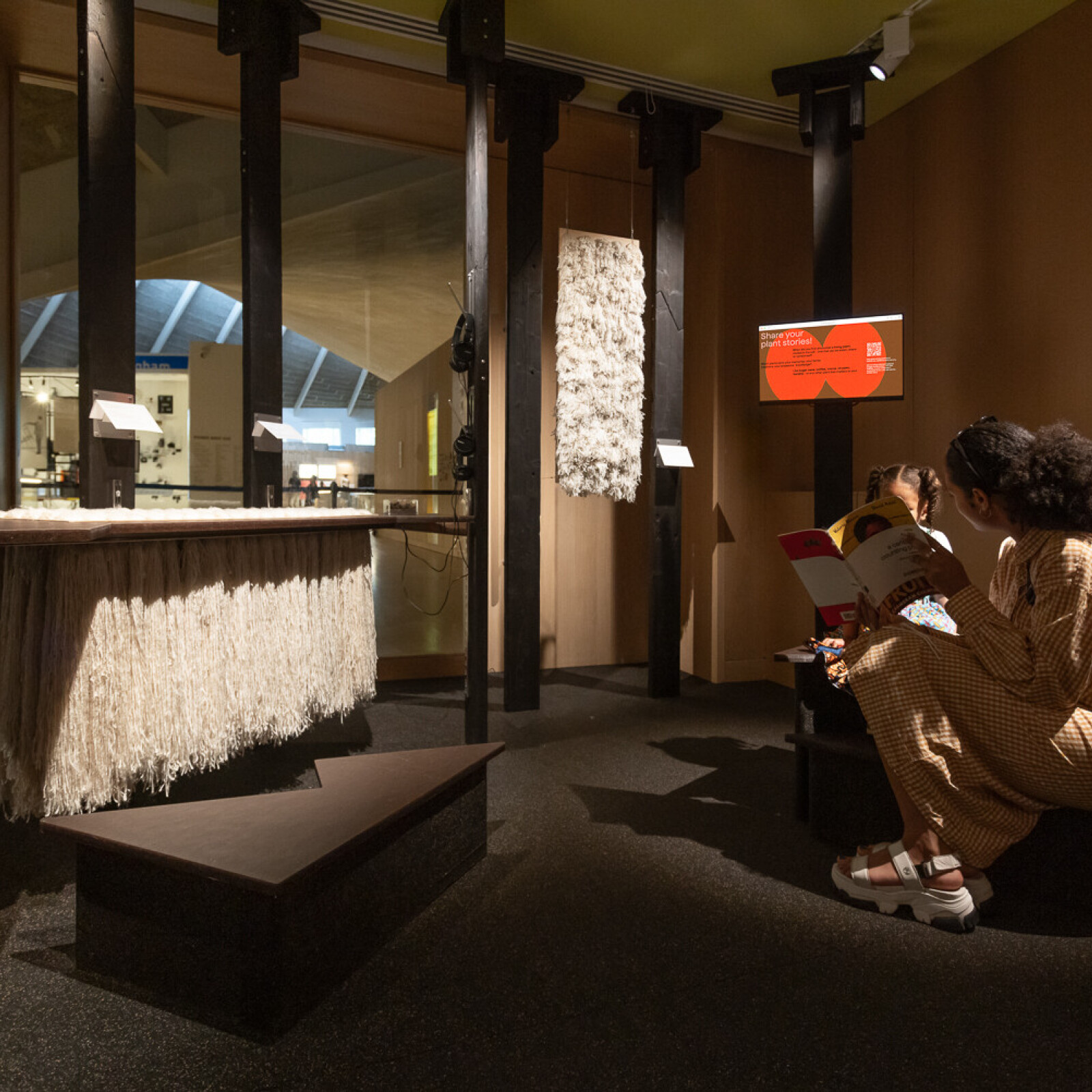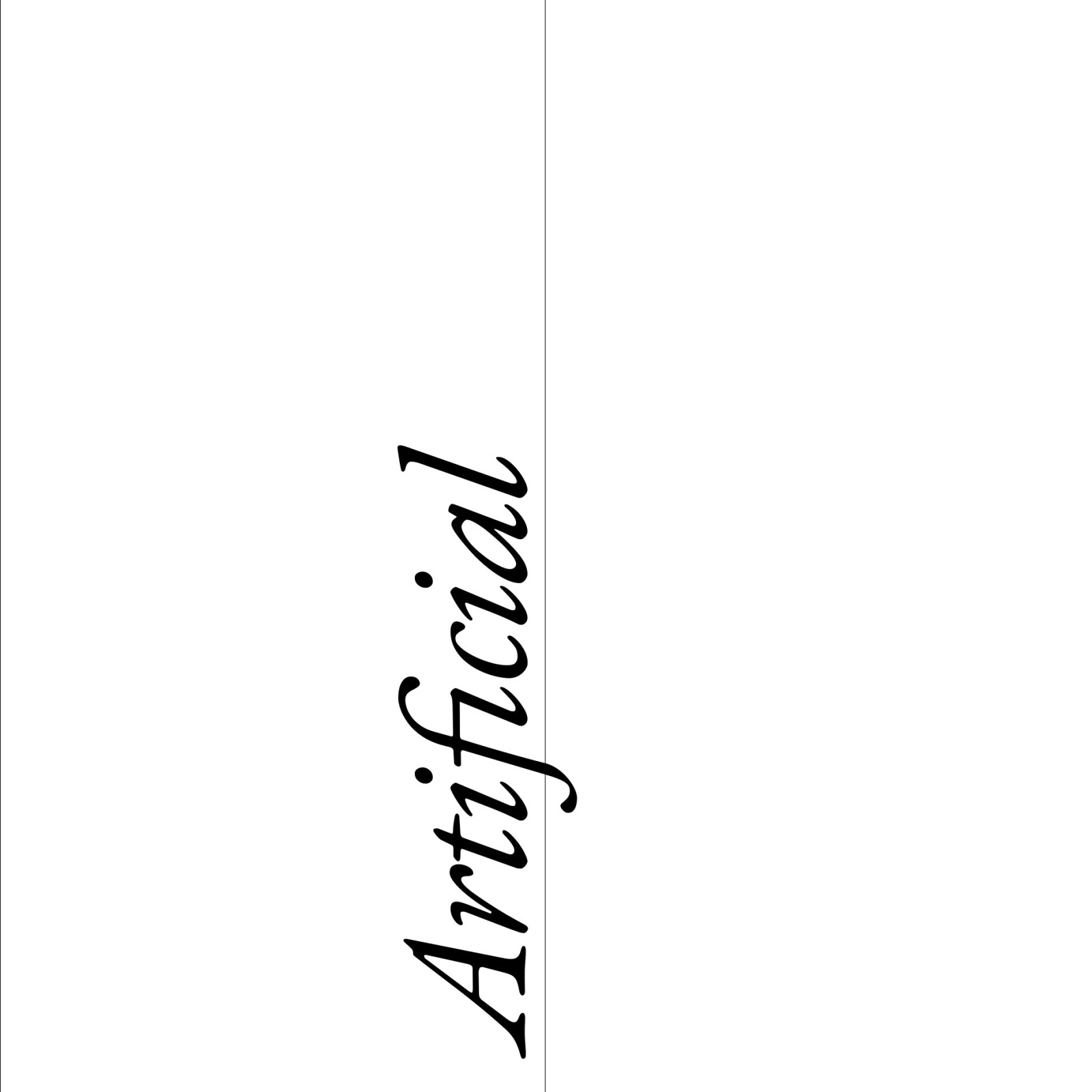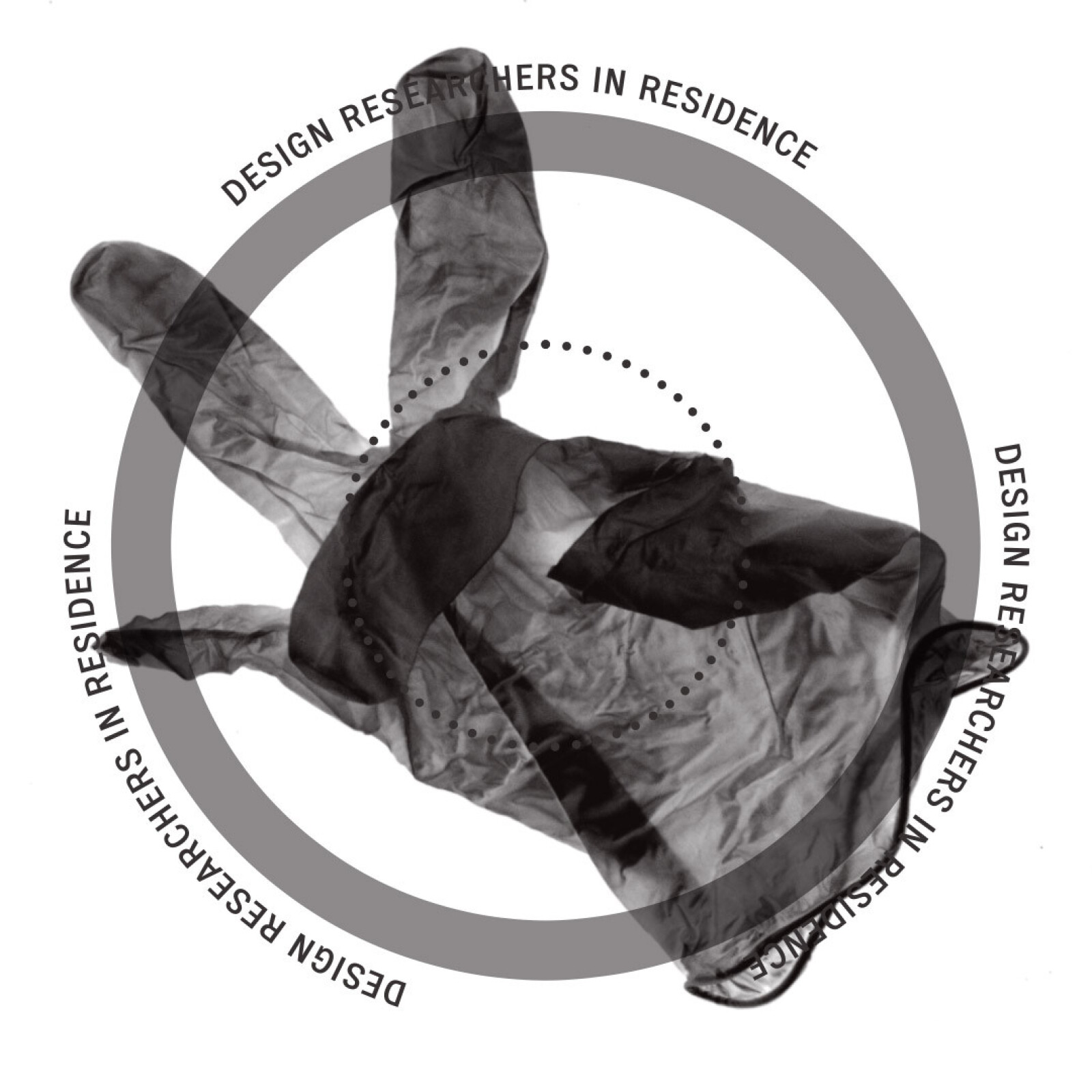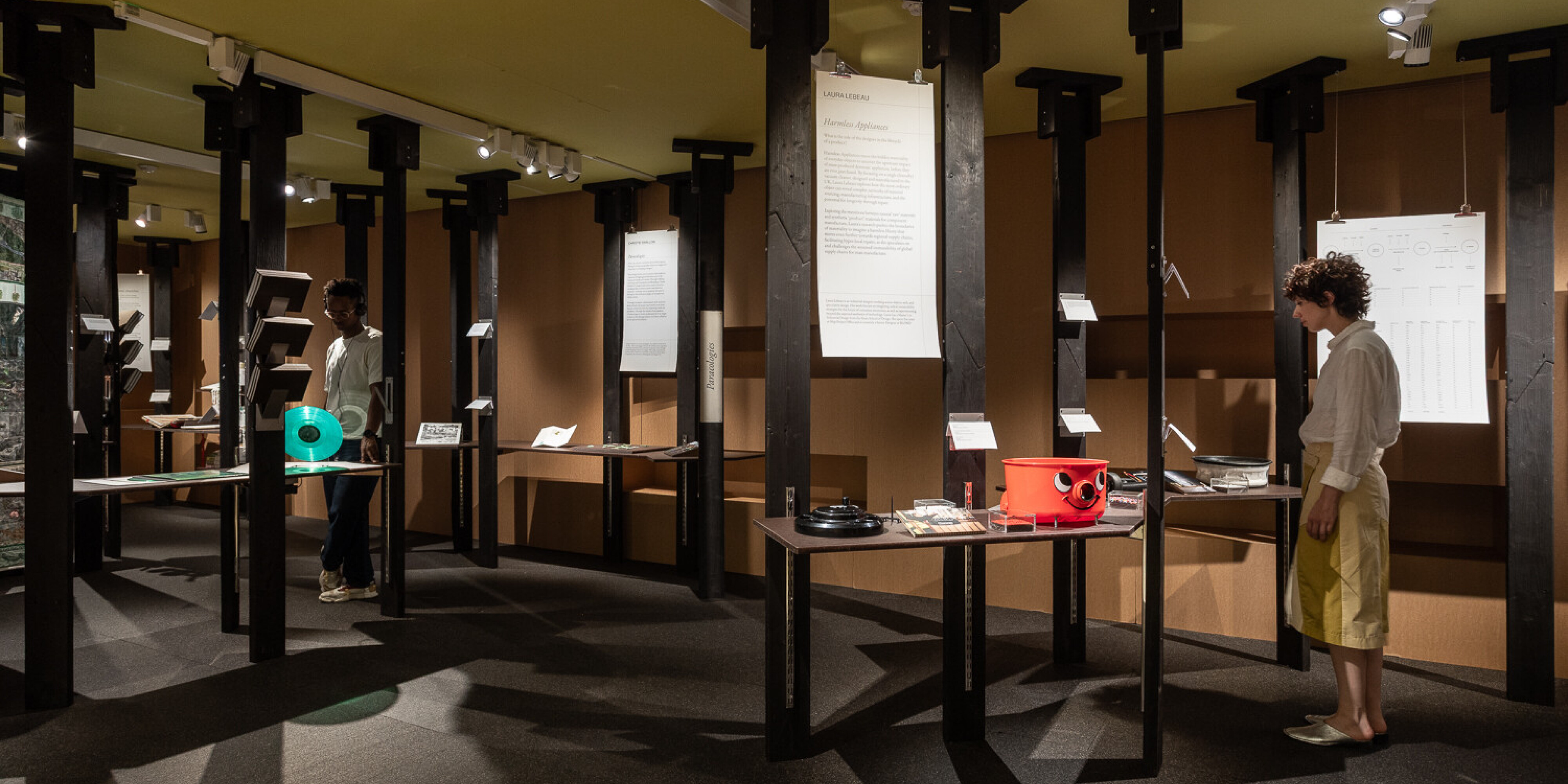
Artificial brings together the work of the 2024/25 cohort of Design Researchers in Residence.
The projects featured in the display examine the perceived boundaries separating what is ‘natural’ and what has been created by humans, finding that the two are in fact intricately intertwined.
Showcasing a range of research practices, the display begins to unravel the invisible relationships woven into everyday life – including urban ecosystems, manufactured materials, political infrastructures and institutional knowledge. Visitors are invited to follow the lines of enquiry and ask what is natural and what is artificial? What is a fact and what is a fiction?
The 2024/25 Design Researchers in Residence are Christie Swallow, Hani Salih, Laura Lebeau and Neba Sere.
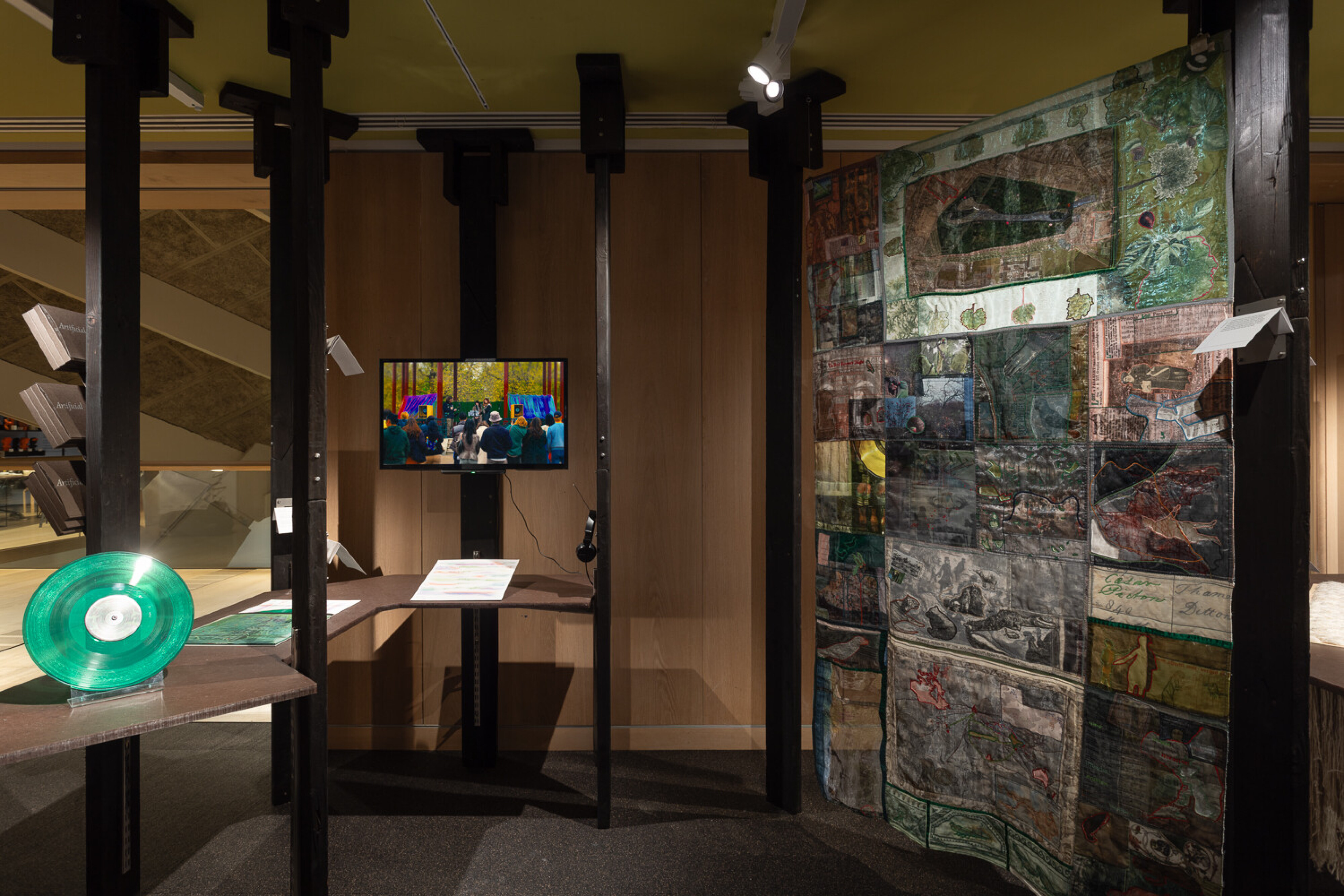

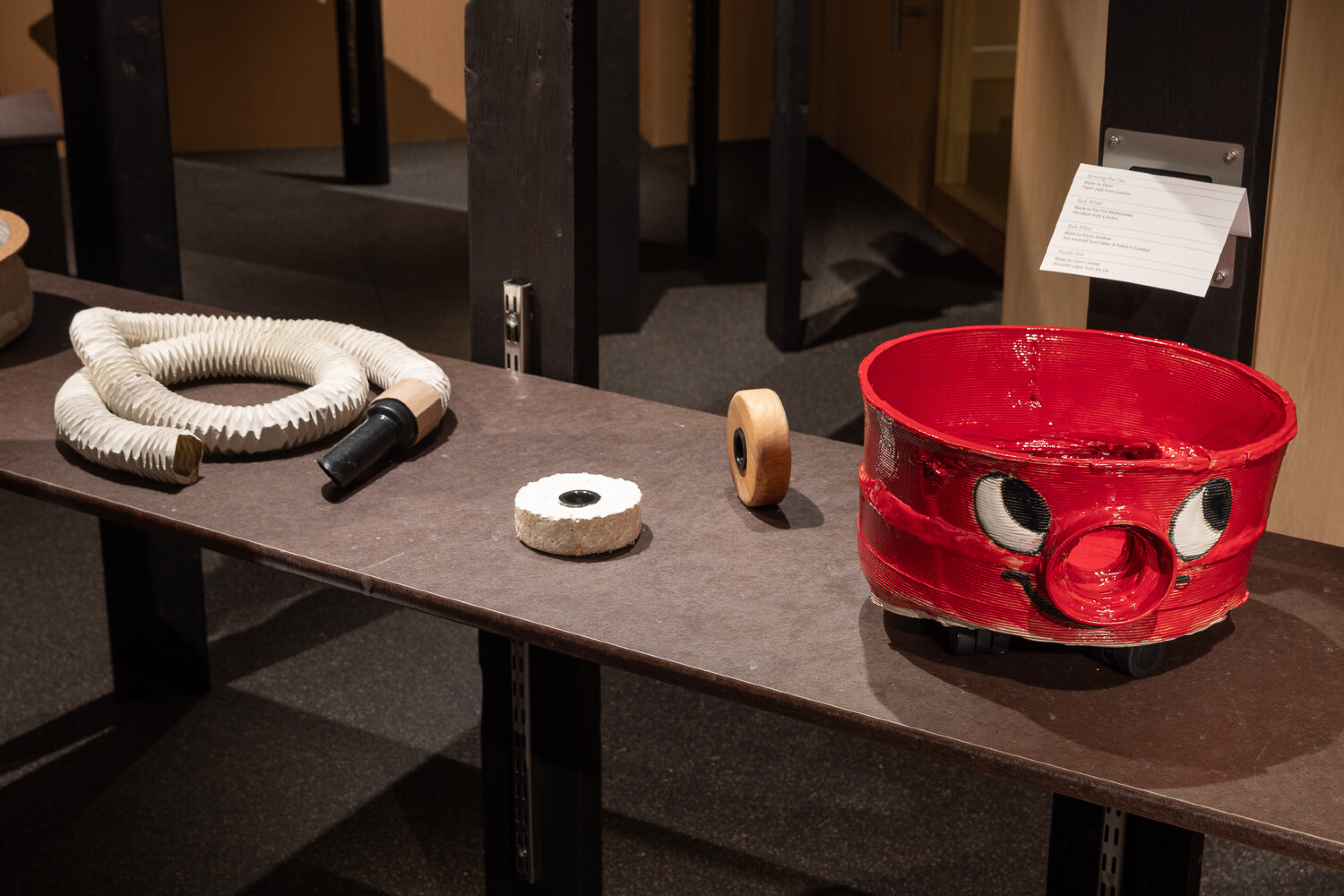

Christie Swallow
Paracologies
How can selective narratives about which species belong in certain geographies limit our imaginative responses to changing ecologies?
Paracologies invites you to convene with parakeets, a species of bright green bird that roost in the manicured parks of London. Through walking, stitching, and interspecies worldbuilding, Christie Swallow's research asks you to move beyond an outdated idea of what is native (and therefore natural) – and asks you to question who gets to belong in the artificial ecologies of transplanted urban nature.
Hani Salih
Hot Mess
How do the rules and systems that shape where and how buildings are constructed impact the UK’s ability to transition its energy infrastructure to meet Net Zero targets?
Hot Mess maps the decision-making processes within the UK’s planning system to explore how complexity is managed, often in contradictory ways, across different levels of governance. From local on-the-ground communities to developers, planners, civil servants and senior government officials, Hani Salih’s research untangles the process of trying to install a single heat pump to reveal the barriers embedded in the system.
Laura Lebeau
Harmless Appliances
What is the role of the designer in the lifecycle of a product?
Harmless Appliances traces the hidden materiality of everyday objects to uncover the upstream impact of mass-produced domestic appliances, before they are even purchased. By focusing on a single (friendly) vacuum cleaner, designed and manufactured in the UK, Laura Lebeau explores how the most ordinary object can reveal complex networks of material sourcing, manufacturing infrastructure, and the potential for longevity through repair.
Neba Sere
Ancestral Plants: Anarchive
How do different spaces, voices, and knowledge systems shape and alter our emotional and material relationships with plants?
Ancestral Plants: Anarchive invites you to decolonise your understanding of plants and archives by examining the relationship between anthropocentrism and colonisation. Neba Sere in collaboration with Umi Lovecraft reflect on the top-down structures of Western plant archives – dominated by hierarchies and classification systems – and contrast this with the highly emotional and sensuous legacies of their displacement, commodification, and extraction. The research starts with five key plants: banana, cocoa, coffee, oil palm, and sugar – cash crops that have played a foundational role in British economic wealth and continue to shape global consumption habits and exploitative labour conditions.
Design Researchers in Residence is Future Observatory’s programme for design researchers, hosted at the Design Museum. The residency supports thinkers at the start of their careers to spend a year developing a new research project in response to a theme. Design Researchers in Residence builds upon the Design Museum’s distinguished Designers in Residence programme that ran from 2007 to 2020.

